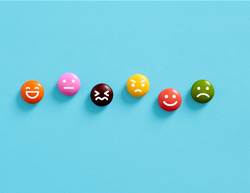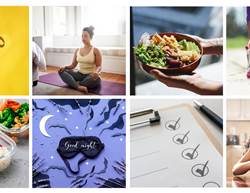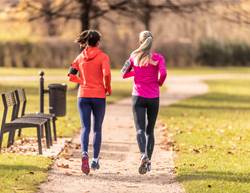Weight loss takes work - but the time you dedicate to eating right and exercising doesn't need to feel like a second job. Even if you don't have the time, money, or motivation to hit the gym and prepare a home-cooked meal each night (or if you're simply a self-proclaimed couch potato), there are still plenty of low-effort (but highly effective) strategies for getting rid of pesky kilos.
Some of your favourite "lazy" habits, such as using your phone, buying prepared foods, and using cooking shortcuts, may help you slim down. Read on for 20 strategies that can help make losing weight a piece of cake.

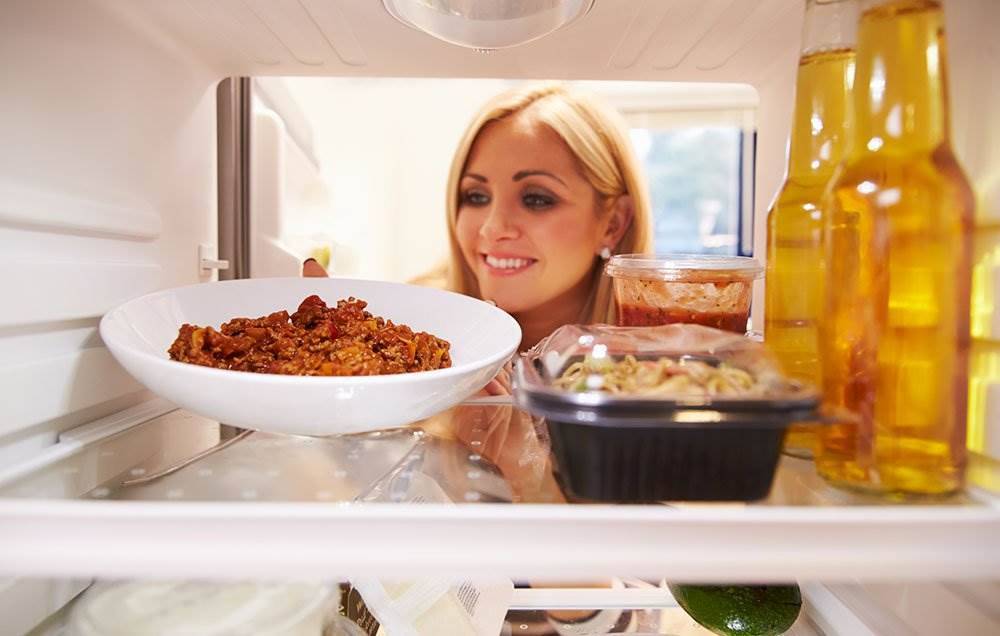

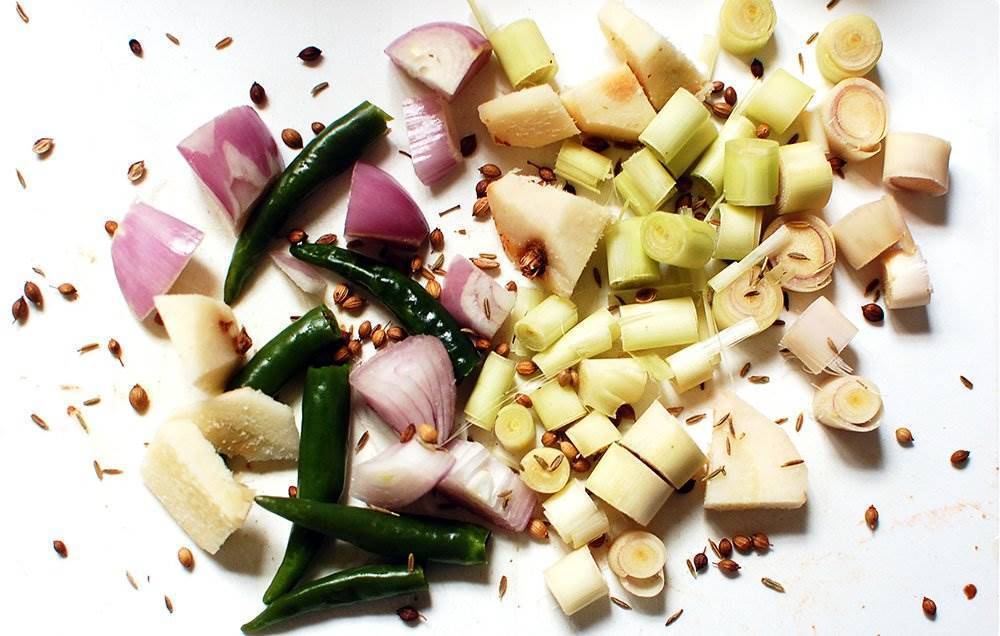















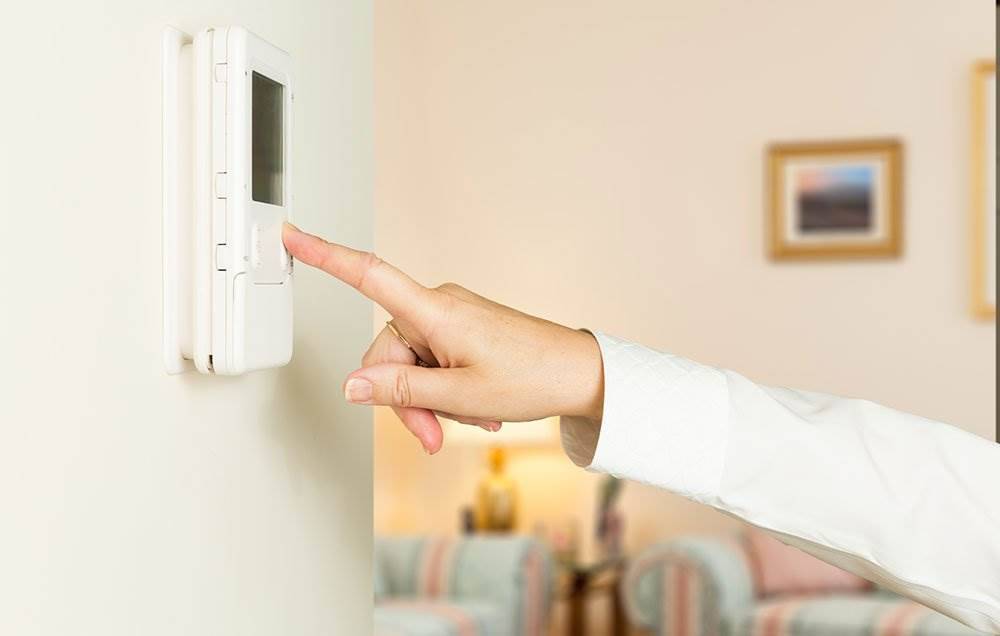
Multitask in front of the TV.
Save time (and money) by skipping the gym and working out at home instead, suggests dietitian Melissa Joy Dobbins. "Keep some free weights by the TV or simply do crunches or lunges during your favourite show," she says.
"I have both my treadmill and my elliptical parked in front of a TV. I can watch my favourite shows only if I'm on them," says author Becky Clark, who incorporates kilojoule-torching speed intervals into her living room cardio workouts so she can keep them shorter.
Eat leftovers all week long.
Cook once on Sunday and eat what you've prepared during the week. For example, roast a chicken and prepare enough brown rice and veggies to last through the week. This way you have to think about food only once a week rather than 21 times, says Clark. "I tend to eat the same stuff over and over," she says. Researchers suggest that limiting the variety of foods in your diet and eating them at standard intervals, like once a day or once per week, can help you eat less, as you'll be less tempted to overindulge in a food if you're consuming it regularly.
Shorten your shopping trip.
Instead of wandering up and down the aisles on an empty stomach, eat before you go to the grocery store and once you're there, purchase only the items on your list, suggests dieititan Joy Dubost. That way the only step left is deciding which brand or type of product to purchase. Dubost makes these suggestions: Reach for skim milk instead of full cream milk; grab whole grain pasta, rice and bread instead of white varieties; load sparkling water instead of soft drink into your cart; choose whole fruits over fruit-flavoured drinks; and if you have a tendency to overeat straight from the package, pick preportioned sizes instead.
Buy ready-to-eat snacks.
If you're not the type to tote almonds and apple slices in your laptop bag, you're likely on the lookout for a satisfying snack at the coffee shop, corner store, or vending machine come late afternoon. "Convenience food doesn't have to mean junk food," says Dobbins, who suggests keeping your eye out for prepackaged foods that are sold in their original form. Examples include whole or precut fruits and veggies, hard-boiled eggs, and cups of yoghurt. If you're trying to save money and don't mind planning in advance, make your own snack packs at the start of the week. "As soon as I get home from the grocery store, I wash and cut up carrot, capsicum, and celery, making it handy to grab," says Clark. "If I didn't, I'd never eat it."
Carry a clutch.
If you're going to a party, carry a clutch instead of a big handbag, says dietitian Marisa Moore. It keeps your hands full, making it more difficult to hold both a drink and a plate.
Break between bites.
It might take a little while to get acquainted with this new habit, but setting down your fork or spoon in between each bite slows the eating process and may help you eat fewer kilojoules, says dietitian Marisa Moore. She also suggests taking time to thoroughly chew your food. In a study from China, people who chewed their food 40 times per bite ate fewer kilojoules than those who chewed just 15 times. Another way to fill up faster: Drink water before a meal, says Moore. "This simple action is not only hydrating, but also may help you take in fewer kilojoules during the meal."
Have your meals hand-delivered.
If cooking isn't your thing, consider a healthy meal delivery service. This was a top health and fitness trend in previous years. Kilojoule-restricted and portion-controlled eating plans help dieters lose more weight than those in control groups, according to studies. Just like restaurant and take-out items, prices for meal delivery vary widely.
Savour a nighttime snack.
Your favourite at-home movie snack has some surprising slim-down benefits. Those who snack on popcorn get 250 per cent more whole grains and about 22 per cent more fibre than those who don't eat the low-kJ snack, according to research. What this means for weight loss: Fibre and whole grains keep your blood sugar from spiking (and then crashing), so you feel full longer than if you snacked on chips or cookies. Keep your kernels from taking an unhealthy turn by popping them in an air popper and skipping the butter and oil.
Dress for success.
If part of what holds you back from hitting the gym is packing your gear ahead of time, layer on pieces of your workout wardrobe in the AM. "Clothes today are more exercise-friendly than ever before," says Dobbins, who suggests selecting gym clothes that make you want to work out - and maybe even show off at the office. "Look for stretchy, flattering clothes that can double for work and workout. Or if your exercise of choice is walking, you don't need any special clothes - just really good shoes!"
Play video games.
Gaming used to conjure up teen boys sitting on the couch for hours on end. But today's "exergames" are helping males and females of all ages torch serious kilojoules. Researchers found that middle school students who played active video games that required the most movement, like Wii boxing or Playstation's Dance Dance Revolution, got enough exercise to meet physical activity requirements (60 minutes per day for children and 150 minutes per week for adults). Their study examined the energy expenditure of 39 children with various body types and found that kids burn 15-25 kilojoules per minute playing active video games, compared with the 15 kilojoules per minute they would burn by walking on the treadmill at 5kph.
Tinker with your smartphone
Take the tedium out of counting kilojoules and recording your workouts by letting your smartphone do the work.
Sneak in more steps.
If your schedule allows no time for structured workouts, find ways to sneak in more movement throughout the day. "If you can't exercise all in one sitting at least try to break it up into intervals, such as three 10-minute segments," says Dubost. Or wear a pedometer to track your steps, challenging yourself to take at least 100 more steps than the day before, she adds. Easy ways to add more steps: "Get up from your desk and go for a short walk at least every 2 hours if not every hour and use the stairs instead of the elevator," says Dubost.
Hit the snooze button.
Sleeping may possibly be the laziest way to lose weight ever. During a 6-year study, Canadian researchers observed the connection between sleep patterns and obesity and found that people who slept 5 to 6 hours a night gained 9kgs more than those who dozed for 7 to 8 hours nightly. While many studies suggest that sleep deprivation increases levels of the hunger hormone ghrelin, a recent study determined that lack of sleep can also slow the rate at which kilojoules are burned. Swedish researchers found that even a single night of skimping on sleep slows metabolism the next morning and reduces the number of kilojoules burned while performing automatic tasks, like breathing and digesting food, by 5 to 20 per cent, compared with the morning after a good night's rest.
Pay lip service.
Make your lips pop with zesty coral, red or fuchsia hue. Not only is bright lipstick very on trend right now, it can keep you from eating sugary or messy foods since you won't want to wipe and constantly reapply, says dietitian Sari Greaves. Plus, you'll be more inclined to eat daintier or slower to keep your makeup from smudging
Nail it.
Rather than mindlessly munch in front of the TV, give yourself a DIY mani-pedi. Polishing plus dry time can get you through an entire (nail-biting) Married At First Sight episode without reaching into the chip bag.
Pay with cash.
If you're quick to whip out the plastic to pay for food, consider cash. A new study found that people are more likely to buy unhealthy items on impulse when they pay using credit or debit cards. Why does coughing up the cash inspire healthy purchases? The authors of the study concluded that it's actually psychologically more "painful" to pay with paper where the loss of money is tangible (as opposed to credit and debit cards where the loss is abstract). This pain can downplay the impulsive urge to fork over extra dough for unhealthy items that you know won't benefit your diet. Next time you're at the supermarket, shop smarter and skip the swipe.
Brush your teeth.
Tap into years of Pavlovian training and brush your teeth soon after you've finished dinner. Traditionally, brushing your teeth is a signal to stop eating, so you're primed to resist after-hours snacking, explains dietitian Dawn Jackson Blatner. The strong minty taste may help distract your taste buds from craving another flavour and doesn't mix well with other foods, either.
Tighten your belt
To remind yourself to stop eating before you're uncomfortably full, tie something around your waist, not your finger. Your belly will hit your belt before you've over-indulged, cuing you that it's time to lay down the fork. Just don't undo the notches as the night wears on!
Wear jeans to work.
Ditch the suit and take advantage of casual Friday. A study found that people who wear jeans to work take 491 more steps a day than those in business wear.
Turn down the temperature.
Lose weight and save on utility bills by keeping your house or apartment a little chilly. British researchers who discovered a direct link between rising indoor temperatures and increased obesity rates in the United States and the United Kingdom noted that cooler temps force the body to expend more energy to maintain core body temperature. Their study, published in Obesity Reviews, explains that when the body is cold, it produces brown fat, which burns energy to create heat and differs from white fat, which is essentially a stockpile of kilojoules. Spending more time in warmer indoor environments forces the body to let go of brown fat; it's a use it or lose it type of situation. The researchers note that when people wearing light clothing are placed in a 15°C room, their energy expenditure increases by 400 to 800 kilojoules per day. Over a year, those kilojoules could add up to a weight loss of 5-10kgs. Just don't bundle up too much, as it will negate the effect.






